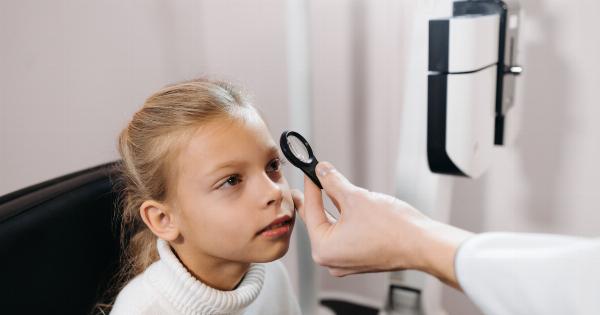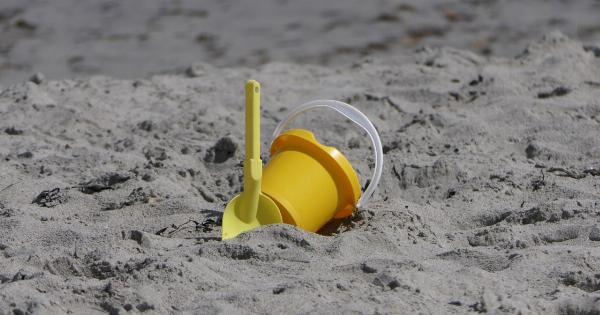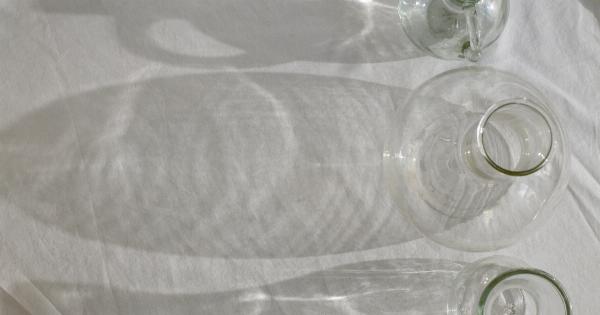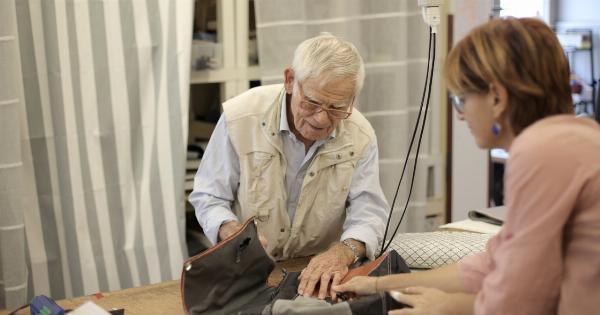Spots on the hands can occur due to various reasons. These spots can be of different colors like brown, black or white and can be flat or raised. Some of the most common causes of spots on the hands are:.
Age Spots
Age spots are also known as liver spots or lentigines. These spots are usually caused by aging and are more common in people over the age of 50. Age spots are common on the back of the hands as well as the face and neck.
These spots are usually harmless and do not require treatment. However, they can be unsightly and some people choose to have them removed for cosmetic reasons.
Sun Exposure
Exposure to the sun can cause spots on the hands as well as other parts of the body. Sun damage can cause brown or red spots to appear on the hands. These spots are known as solar lentigines and are more common in people with fair skin.
Protection from the sun can help prevent these spots from forming.
Medical Conditions
Medical conditions like eczema, psoriasis, and vitiligo can also cause spots on the hands. Eczema can cause small, itchy bumps to form on the hands, while psoriasis can cause red, scaly patches.
Vitiligo, on the other hand, can cause white patches to form on the hands. It is important to see a dermatologist if you suspect that a medical condition is causing the spots on your hands.
Fungal Infections
Fungal infections like tinea versicolor can cause spots on the hands as well as other parts of the body. These infections can cause white or brown patches to form on the skin. Antifungal treatments are usually prescribed to clear up these infections.
How to Get Rid of Spots on the Hands
The treatment for spots on the hands depends on the underlying cause of the spots. Some of the common treatments for spots on the hands are:.
Topical Treatments
Topical treatments like bleaching creams, retinoids, and alpha-hydroxy acids can help lighten age spots. These treatments work by exfoliating the top layer of skin and reducing the appearance of spots.
These treatments can take several weeks to months to work and it is important to use sunscreen while undergoing these treatments to prevent further damage.
Cryotherapy
Cryotherapy involves freezing the spots on the hands with liquid nitrogen. This treatment is commonly used to remove benign skin growths like warts. Cryotherapy can also be used to remove age spots and solar lentigines.
This treatment usually only requires one session, but a scab may form on the treated area that needs to be kept clean and dry until it falls off on its own.
Laser Treatment
Laser treatment involves using intense bursts of light to remove age spots and solar lentigines. This treatment can be painful and may require several sessions to see results.
It is important to avoid the sun before and after laser treatment to prevent further damage to the skin.
Chemical Peels
Chemical peels involve applying a chemical solution to the skin to remove the top layer of skin and improve the appearance of age spots. This treatment can be done in a dermatologist’s office and usually requires several sessions.
Cauterization
Cauterization involves using heat to remove the spots on the hands. This technique is usually only used to remove small spots and requires a local anesthetic. After the procedure, the area may be sore and red for several days.
Preventing Spots on the Hands
Preventing spots on the hands involves protecting the skin from the sun. Wearing long sleeves, hats, and using sunscreen with an SPF of at least 30 can help prevent sun damage. It is also important to avoid tanning beds and other sources of UV light.
Keeping the hands moisturized can also help prevent age spots and other signs of aging.
Conclusion
Spots on the hands can be caused by a variety of factors like age, sun exposure, medical conditions, and fungal infections.
The treatment for these spots depends on the underlying cause and can include topical treatments, cryotherapy, laser treatment, chemical peels, and cauterization. Preventing spots on the hands involves protecting the skin from the sun and keeping the hands moisturized.






























